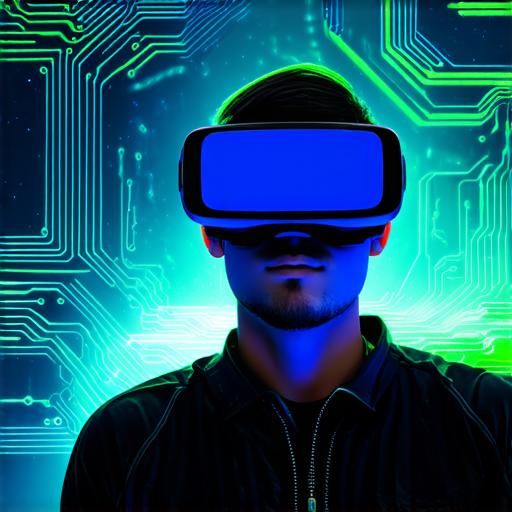
When will virtual reality become accessible?
Virtual reality (VR) technology is rapidly advancing, with new developments being made every day. However, the question remains: when will VR become accessible to the general public? In this article, we will explore current trends and developments in VR technology and attempt to answer this question.
Virtual Reality: The Present and the Future
Virtual reality is a computer-generated simulation that allows users to experience immersive environments as if they were real. It has been around for several decades, but recent advancements in hardware and software have made it more accessible and affordable than ever before.
One of the main drivers behind VR technology is the growth of gaming. With the rise of console gaming platforms like PlayStation and Xbox, gamers can now experience high-quality graphics and immersive environments that were previously only possible on PCs. In addition to gaming, VR technology is also being used in a variety of other applications, including education, healthcare, and entertainment.
The Future of Virtual Reality: The Promise and the Challenges
Despite the significant progress made in recent years, there are still several challenges that need to be overcome before VR technology can become truly accessible to the general public. One of the main challenges is the high cost of hardware. Although prices have come down significantly in recent years, high-end VR systems can still be quite expensive.
In addition to cost, there are also issues related to usability and accessibility. Many VR systems require users to wear specialized headsets that can be uncomfortable or even cause motion sickness. There are also concerns about the impact of prolonged use on eye health and other physical factors.
Another challenge facing VR technology is the lack of content. Although there are now a variety of VR games available, there are still relatively few applications for this technology outside of gaming. In order to become truly accessible, VR technology will need to be used in a wider range of fields, from education to healthcare and beyond.
The Road Ahead: What the Future Holds for Virtual Reality
Despite these challenges, there are many reasons to believe that virtual reality will continue to grow and become more accessible in the coming years. For one thing, the technology is becoming more affordable and user-friendly with each passing year. As prices continue to drop, we can expect more and more people to start using VR systems in their daily lives.
In addition to cost, there are also significant advancements being made in terms of content development. As developers become more familiar with the technology, we can expect to see a wider range of applications for VR. This includes everything from educational simulations to virtual meetings and even virtual travel experiences.
The Potential Impact of Virtual Reality on Society
Virtual reality has the potential to revolutionize many aspects of our lives. In education, it can provide students with immersive learning experiences that are simply not possible in traditional classrooms. In healthcare, it can be used for everything from surgical training to pain management and beyond. And in entertainment, it can offer users a level of immersion that was previously only possible in movies or video games.

Of course, like any new technology, there are also concerns about the impact of VR on society as a whole. There are fears that it could exacerbate existing issues related to isolation and disconnection, or even lead to new forms of addiction. However, if properly regulated and implemented, virtual reality has the potential to be a powerful tool for positive change.


